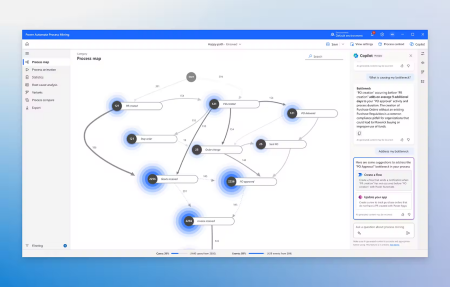In today’s digital age, technology has revolutionized every aspect of our lives, including the way we consume and produce literature. The book publishing industry, once rooted in traditional printing methods and distribution networks, has undergone a significant transformation due to technological advancements. From the rise of e-books to the utilization of data analytics, technology has both challenged and enriched the landscape of book publishing.
1. Evolution of E-Books
One of the most profound impacts of technology on the book publishing industry is the proliferation of e-books. With the advent of e-readers and digital publishing platforms, readers now have access to a vast library of books at their fingertips. This shift towards digital formats has democratized the publishing process, allowing authors to self-publish their work and reach a global audience with minimal barriers.
E-books have also altered the traditional revenue model for book publishers. While digital distribution eliminates the cost of printing and shipping, it also presents new challenges such as digital piracy and pricing strategies. Book publishers must adapt to these changes by implementing effective digital rights management systems and exploring innovative pricing models to remain competitive in the digital marketplace.
2. Digital Marketing and Discovery
In an increasingly crowded digital marketplace, book publishers rely on technology to enhance their marketing and discovery efforts. From social media advertising to search engine optimization (SEO), publishers leverage digital tools to promote their titles and engage with readers. Data analytics play a crucial role in this process, allowing publishers to identify trends, target specific demographics, and personalize marketing campaigns.
Furthermore, digital platforms such as Amazon and Goodreads provide valuable insights into consumer behavior and preferences. By analyzing user reviews, ratings, and browsing history, book publishers can refine their editorial strategies and tailor their offerings to meet the demands of their target audience. However, this data-driven approach also raises concerns about privacy and ethical implications, requiring publishers to strike a balance between market research and consumer trust.
3. Innovations in Printing and Distribution
While digital publishing dominates the industry landscape, advancements in printing technology continue to drive innovation in traditional publishing methods. On-demand printing and print-on-demand services enable publishers to produce high-quality printed books with minimal overhead costs. This allows for greater flexibility in inventory management and reduces the risk of overstocking or underestimating demand.
Furthermore, technology has streamlined the distribution process, enabling publishers to reach readers in remote locations through online retailers and e-commerce platforms. Print-on-demand services also facilitate the distribution of niche or out-of-print titles, catering to niche markets and niche readership.
4. Challenges and Opportunities
Despite the numerous benefits of technology in the book publishing industry, it also presents challenges and disruptions. The rise of self-publishing platforms and digital marketplaces has empowered authors to bypass traditional publishing channels, leading to increased competition and commoditization of literature. Additionally, concerns about digital rights management, copyright infringement, and content piracy pose significant challenges for publishers in the digital age.
However, with challenges come opportunities for innovation and adaptation. Book publishers can leverage technology to experiment with new formats such as enhanced e-books, audiobooks, and interactive storytelling experiences. Collaborations with technology companies and startups offer new avenues for experimentation and creative partnerships. By embracing digital transformation and harnessing the power of technology, book publishers can navigate the evolving landscape of the publishing industry and continue to thrive in the digital age.
In conclusion, technology has fundamentally reshaped the book publishing industry, from the way books are produced and distributed to how readers discover and consume literature. While digital advancements present both challenges and opportunities for publishers, embracing innovation and adapting to changing consumer behaviors are essential for success in the digital age. By leveraging technology to enhance their publishing processes and engage with readers, book publishers can remain resilient and relevant in an ever-evolving landscape.











